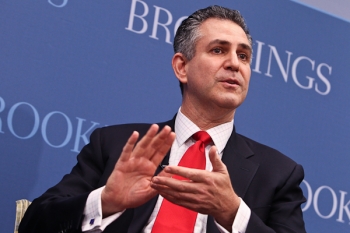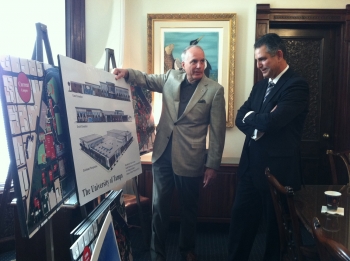Working Locally to Boost Exports Nationally
Guest blog post by Francisco Sanchez, Under Secretary of Commerce for International Trade
America is made up of different communities — each with its own character, challenges and opportunities. Regional leaders have a unique view of these issues and bring to the table incredible insight into their respective regions. That’s why the International Trade Administration (ITA) is firmly committed to working with these local leaders to utilize their insight, and ultimately help more American businesses expand into overseas markets.
This is important work because exporting supports American jobs, provides new opportunities for businesses, and makes significant contributions to the growth of the American economy.
In recognition of these positive economic benefits, President Obama launched the National Export Initiative (NEI) in 2010 with the goal of doubling U.S. exports. On the eve of the NEI’s two-year anniversary — officially on March 12 — I’m proud to say that we are on track to meet this goal. Last year, there were a record $2.1 trillion in exports. Plus, exports comprised nearly 14% of U.S. GDP — another record.
Progress has been made, and we are determined to keep it going. Key to this work is our partnerships with local and regional partners. While ITA has a talented and dedicated staff doing great work in 108 offices throughout the nation, we recognize that we can have an even greater reach through partnership.
Case in point: Our work with the Brookings Institution.
Today, Brookings’ Metropolitan Policy Program released a report called “Export Nation 2012: How US Metropolitan Areas Are Driving National Growth.”











